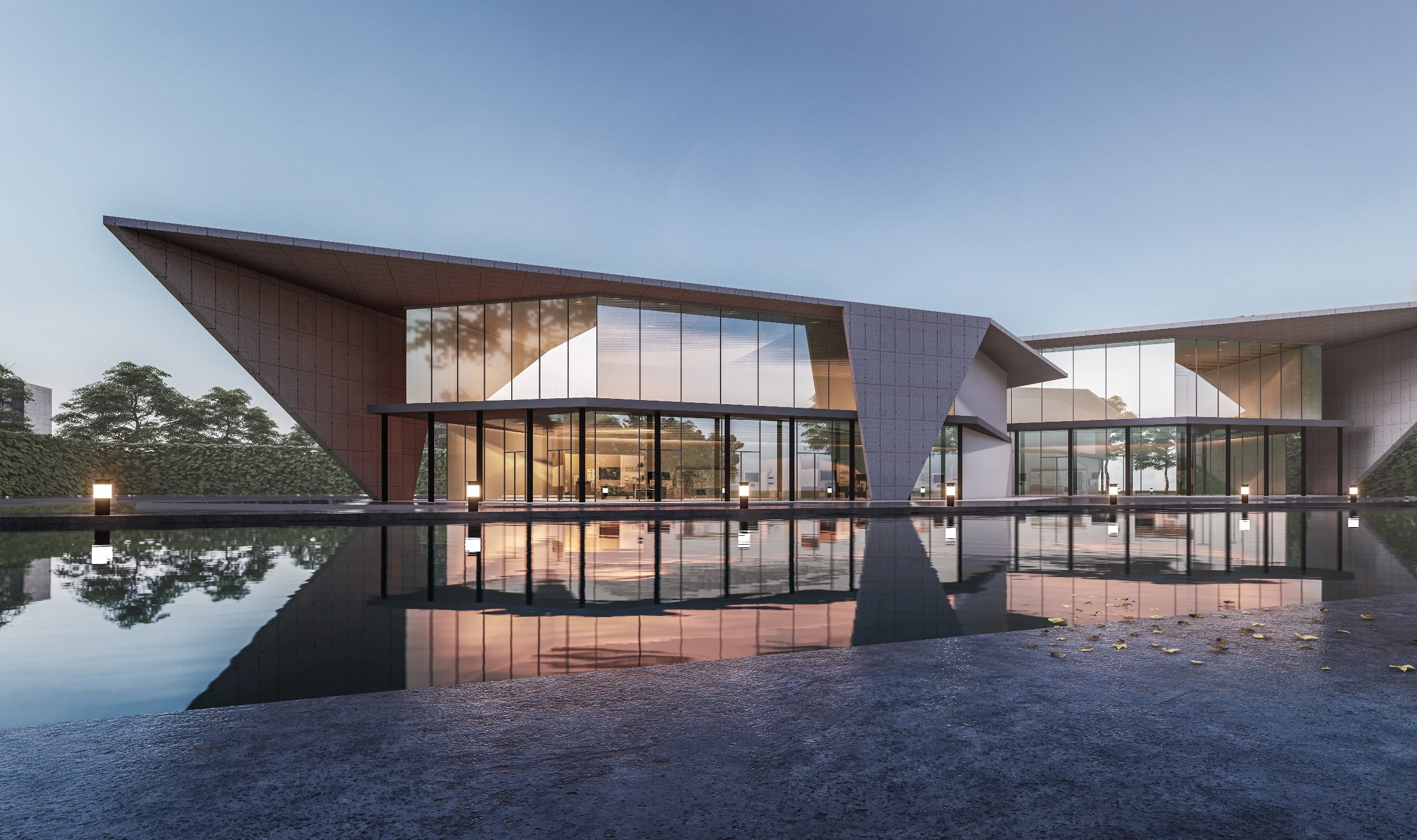
The adoption of retail spaces in the metaverse is igniting creativity in architects who are also seeing growth opportunities that are missing in physical designs.
As big brands are staking their claim in the metaverse, architects are enjoying the “freedom” of designing virtual spaces as opposed to physical environments and can now “orchestrate multi-sensory virtual experiences aimed at emotionally connecting with consumers.”
A new and uncharted territory
With the introduction of the metaverse, the convergence of technology and architecture has reached a turning point, indicating a paradigm shift in retail design, according to ArchDaily.
Architects are venturing into an uncharted territory in this ever-changing landscape, where creativity and digital innovation come together to reimagine the consumer experience.
This comes as companies are taking advantage of this technology to enhance their presence within the commercial digital spaces. As previously reported by Metanews, Samsung has already taken steps towards embracing this technology by creating a virtual replica of their famous 837X store in New York within the metaverse platform. The virtual store offers attractions and rewards such as NFTs to those that are willing to complete quests.
Several fashion giants like Balenciaga and Benetton are also making bold moves within the metaverse.
During the Milan Fashion week, Balenciaga and Benetton had immersive video game and digital retail initiative respectively, which was a statement on how the fashion industry is taking advantage of the creative potential of the technology.
Also read: China Mocks ‘Fractured America’ in New AI Animation
Defying physical space limitations
When it comes to architects, such developments in the retail metaverse are presenting a blank canvas that has absolute potential for endless possibilities.
There are little to no restrictions and limitations when it comes to designing within the metaverse environment as compared to real world capabilities.
According to a Neurojet report titled “The Role of Architecture in the Metaverse: Comprehensive Guide 2024,” the metaverse allows architects to defy physical space limitations.
“For architects, the metaverse is a platform through which they can push creativity boundaries, break out of certain principles and frameworks, and redefine ‘spaces,’” reads part of the report.
“Since none of the rules and limitations of real life (gravity, stability, structural structure, weather issues, physical laws, etc.) apply to the metaverse, architects have enough freedom and authority to overcome the conditions.”
However, ArchDaily notes that architects must also be able to design visually appealing and multi-sensory experiences that can connect with consumers.
To infuse spatial experiences with greater brand resonance and meaningful interaction, architects must craft captivating storylines within virtual environments. These experiences are further enhanced using haptic technologies, immersive music, and multi-sensory elements, which obfuscate the distinction between the virtual and the real.
Redefining the future of digital retail industry
ArchDaily further highlights that architects have now become multi-talented enabling them to harness the full potential that comes with embracing the metaverse technology within the retail industry.
The careful craftsmanship of multi-sensory experience within the virtual world is a major benefit to any brand. And businesses are exploring opportunities within the metaverse, and architects will play an important part in shaping this digital world.
Their ability to blend creativity, technology and consumer-centric designs could define the future of the digital retail industry.
- SEO Powered Content & PR Distribution. Get Amplified Today.
- PlatoData.Network Vertical Generative Ai. Empower Yourself. Access Here.
- PlatoAiStream. Web3 Intelligence. Knowledge Amplified. Access Here.
- PlatoESG. Carbon, CleanTech, Energy, Environment, Solar, Waste Management. Access Here.
- PlatoHealth. Biotech and Clinical Trials Intelligence. Access Here.
- Source: https://metanews.com/metaverse-retail-spaces-enlivens-architects/
- :has
- :is
- :where
- 13
- 2024
- 7
- a
- ability
- Able
- Absolute
- According
- Adoption
- ADvantage
- AI
- aimed
- allows
- already
- also
- an
- and
- any
- Apply
- architects
- architecture
- ARE
- AS
- At
- attractions
- authority
- Balenciaga
- BE
- become
- benefit
- between
- Big
- Blend
- bold
- boundaries
- brand
- brands
- Break
- break out
- businesses
- by
- CAN
- canvas
- capabilities
- captivating
- careful
- certain
- claim
- come
- comes
- commercial
- Companies
- compared
- complete
- comprehensive
- conditions
- Connect
- Connecting
- consumer
- consumer experience
- Consumers
- Convergence
- could
- craft
- Creating
- Creative
- creativity
- define
- defy
- Design
- designing
- designs
- developments
- digital
- digital innovation
- digital world
- distinction
- elements
- embracing
- enabling
- Endless
- enhance
- enhanced
- enjoying
- enough
- Environment
- environments
- etc
- ever-changing
- experience
- Experiences
- Exploring
- famous
- Fashion
- Fashion Week
- For
- frameworks
- Freedom
- full
- further
- future
- game
- giants
- gravity
- greater
- Growth
- guide
- had
- haptic
- harness
- Have
- highlights
- How
- HTTPS
- igniting
- immersive
- important
- in
- indicating
- industry
- Initiative
- Innovation
- interaction
- into
- Introduction
- issues
- IT
- jpeg
- landscape
- Laws
- Life
- like
- limitations
- little
- major
- Making
- meaningful
- Metaverse
- metaverse platform
- MILAN
- missing
- moves
- Music
- must
- New
- New York
- NFTs
- no
- None
- Notes
- now
- of
- Offers
- on
- opportunities
- opposed
- out
- Overcome
- paradigm
- part
- physical
- platform
- plato
- Plato Data Intelligence
- PlatoData
- Play
- Point
- possibilities
- potential
- presence
- presenting
- previously
- principles
- Push
- quests
- reached
- Read
- real
- real life
- real world
- redefine
- report
- Reported
- resonance
- restrictions
- retail
- retail industry
- Rewards
- Role
- rules
- Samsung
- seeing
- shaping
- shift
- Space
- spaces
- Spatial
- Stability
- Staking
- Statement
- Steps
- store
- structural
- structure
- such
- taken
- taking
- Technologies
- Technology
- territory
- that
- The
- The Future
- The Metaverse
- their
- Them
- These
- they
- this
- those
- Through
- titled
- to
- together
- towards
- Turning
- turning point
- uncharted
- using
- Video
- video game
- Virtual
- virtual world
- was
- Weather
- week
- when
- which
- WHO
- will
- willing
- with
- within
- world
- york
- zephyrnet












